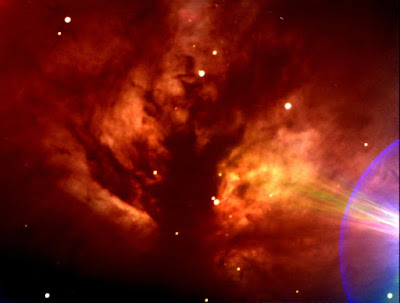Physics Photo of the Week

May 9, 2025 Open Star Clusters - Astrophotos by Donald Collins, College View Observatory Throughout the Milky Way Galaxy there are thousands of open star clusters. One of closest open star clusters is the Pleiades - or "Seven Sisters" - featured in the lower left photo. The Pleiades cluster is the closest cluster from the Earth - 440 light years distant. The bright stars of the cluster form a small "dipper" asterism. Star clusters are groups of stars within the spiral arms of a galaxy and have formed from relatively recent condensations from clouds of gas and dust within the galaxy. The Pleiades are about 100 million years old, which is fairly young for star clusters. The stars were formed from the gravitational condensation of gas and dust clouds into several hundred stars. The Pleiades is easily seen with naked eyes throughout late fall through mid spring. They are visible now (late April) in the western sky about halfway between ...





